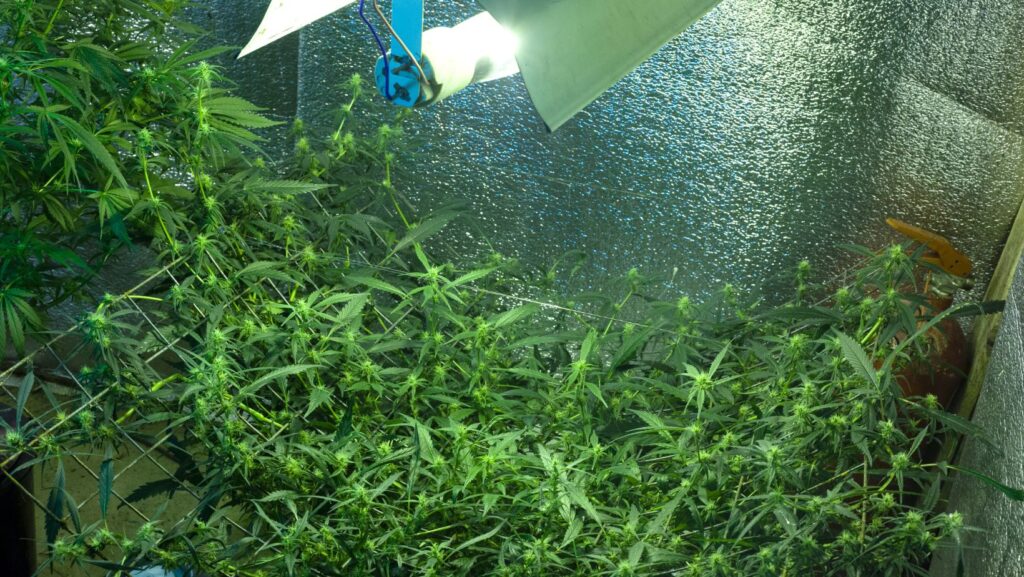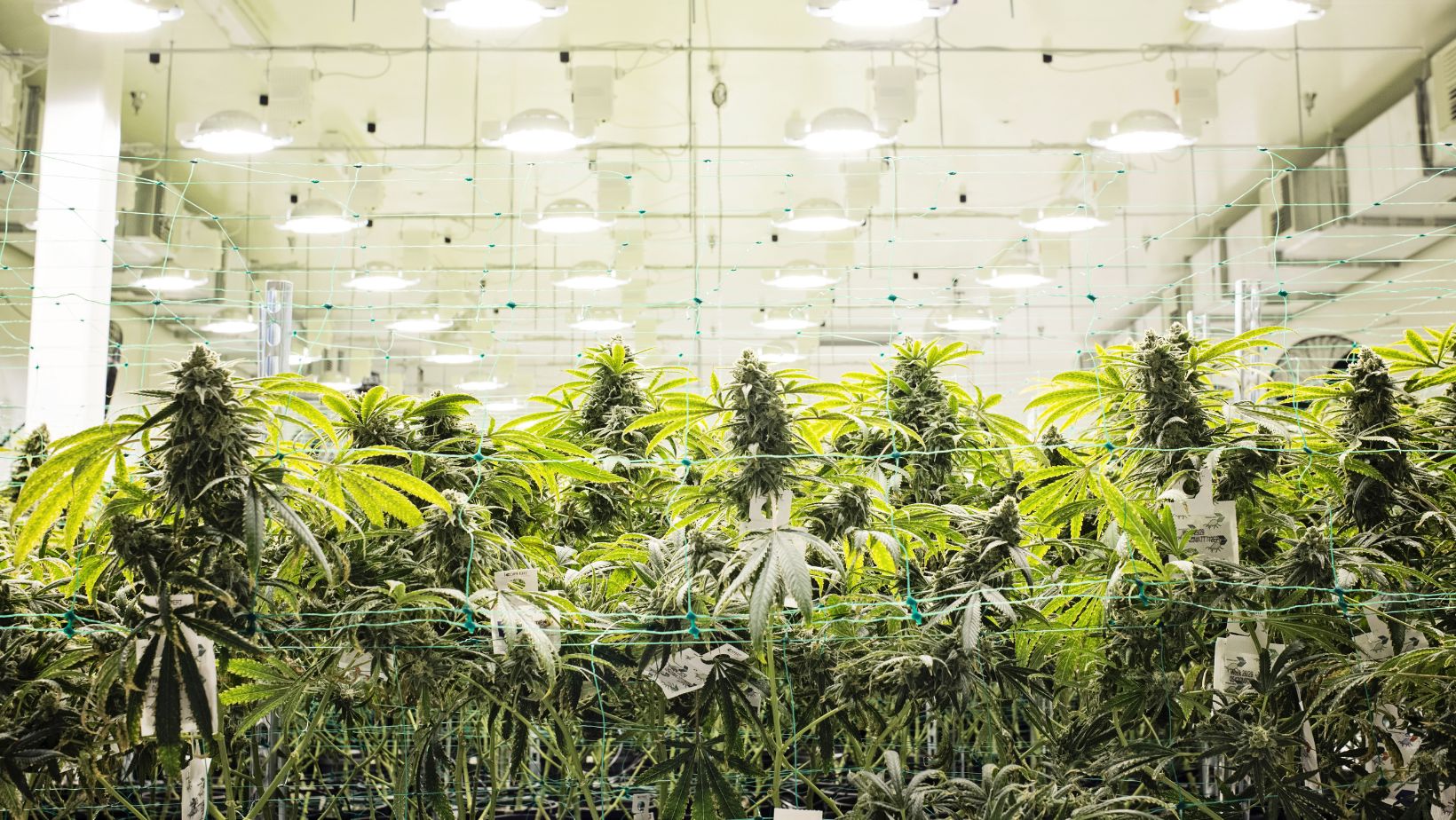Feminized seeds have revolutionized the world of cannabis cultivation, offering growers a reliable and efficient way to produce female plants with high yields and potent cannabinoid profiles. These seeds are created through a precise and scientifically advanced process that ensures almost every seed will grow into a female plant, eliminating the need to identify and remove male plants during cultivation.
In this article, we’ll delve into the science behind feminized seeds, exploring how they are created and what sets them apart from traditional cannabis seeds.
How Feminized Seeds Are Made and Why They’re Unique
Understanding Cannabis Sex Determination:
Before delving into the creation of feminized seeds, it’s essential to understand how cannabis plants reproduce and how their sex is determined. Cannabis plants are dioecious, meaning they can be either male or female, with each sex playing a distinct role in the reproductive process.
Female cannabis plants are prized for their flowers, which contain high concentrations of cannabinoids such as THC and CBD. Male cannabis plants, on the other hand, produce pollen, which is used to fertilize female plants and initiate seed production.
In traditional cannabis cultivation, growers rely on regular seeds, which have an equal chance of producing male or female plants. However, this presents a challenge for growers seeking to maximize their yields, as male plants do not produce flowers and can reduce overall crop quality.
The Creation of Feminized Seeds:
Feminized seeds are created through a process known as feminization, which involves inducing female plants to produce pollen that only carries female chromosomes. This process effectively eliminates the need for male plants in the reproductive process, ensuring that almost every seed produced will grow into a female plant.
Feminization typically involves treating female plants with a stress-inducing agent, such as colloidal silver or gibberellic acid, which disrupts the plant’s natural hormone balance and triggers the production of male flowers. These male flowers produce pollen that carries only female chromosomes, ensuring that any seeds produced will result in female plants when germinated.
Advantages of Feminized Seeds:
Feminized seeds offer several advantages over regular seeds, making them a popular choice for cannabis cultivators worldwide. One of the most significant advantages of feminized seeds is their predictability, as growers can be confident that almost every seed they plant will grow into a female plant capable of producing high-quality flowers.
Additionally, feminized seeds eliminate the need to identify and remove male plants during cultivation, saving time, labor, and resources. This results in higher yields and more efficient crop management, allowing growers to maximize their production potential and achieve consistent results with each harvest.
Furthermore, feminized seeds are ideal for indoor cultivation, where space and resources are often limited. By eliminating the risk of male plants, growers can maximize their available growing space and focus their efforts on cultivating high-quality female plants with potent cannabinoid profiles.
Challenges and Considerations:
While feminized seeds offer numerous benefits, they are not without their challenges and considerations. One potential drawback of feminized seeds is the risk of genetic instability, as the feminization process can sometimes result in hermaphroditic traits or other undesirable characteristics in the offspring.
To mitigate this risk, it’s essential for growers to source feminized seeds from reputable breeders who prioritize quality and consistency. Additionally, growers should carefully monitor their plants throughout the growing process and promptly remove any plants exhibiting hermaphroditic traits to prevent pollination and seed production.
Another consideration when working with feminized seeds is the potential for reduced genetic diversity within the crop. Because feminized seeds are derived from a single female parent, there is limited genetic variation among the offspring, which can increase the risk of susceptibility to pests, diseases, and environmental stressors.
Conclusion:
In conclusion, the creation of the best feminized seeds represents a significant advancement in cannabis cultivation, offering growers a reliable and efficient way to produce female plants with high yields and potent cannabinoid profiles.
Through the process of feminization, female plants are induced to produce pollen that carries only female chromosomes, ensuring that almost every seed produced will grow into a female plant capable of producing high-quality flowers.
Despite the challenges and considerations associated with feminized seeds, their numerous advantages make them a popular choice for cannabis cultivators seeking predictability, efficiency, and consistency in their crops. By understanding the science behind feminized seeds and carefully selecting quality genetics, growers can maximize their production potential and achieve consistent results with each harvest.




More Stories
Military Gift Ideas for Every Veteran or Active Duty Member
Beyond the Stars: Exploring Immersive Gameplay in Space-themed Slot Machines
Spinning Tales: Exploring the Influence of Manga in Slot Machines